Dublin’s story is one of resilience and reinvention. From its Celtic beginnings over 2,100 years ago to its transformations under Christian, Viking, and Norman rule, the city has continuously adapted. Under British dominance, Dublin emerged as a cultural hub, blending ancient landmarks and modern innovations. Today, it thrives as a global city, its historic charm coexisting with vibrant tech and business sectors. What shaped Dublin’s journey, and how does its past inform its present? Exploring the city’s rich tapestry reveals insights into its enduring identity and bright future.
Key Points
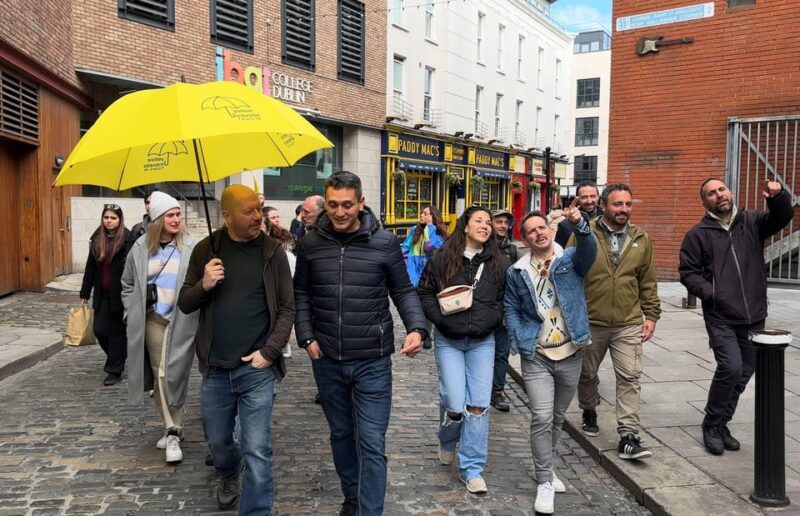
- Dublin’s origins trace back over 2,100 years to Celtic tribes, who established a settlement along the River Liffey, shaping the city’s character.
- The arrival of Christianity in the 5th century and Viking invasions in the 9th century brought significant cultural and architectural transformations to Dublin.
- The Norman conquest in the 12th century further reshaped Dublin’s architectural landscape, blending local and continental influences.
- Despite British dominance, Dublin maintained its distinct cultural identity, evolving into a global city that balances historic heritage and modern influences.
- Trinity College, founded in 1592, is a renowned academic institution that has nurtured prominent Irish figures and houses the iconic Book of Kells.
Dublin’s Celtic Foundations
The origins of Dublin can be traced back over 2,100 years to its founding by Celtic tribes, who established a settlement along the banks of the River Liffey. This early Celtic Dublin was a center of trade and culture, with the local tribes developing a thriving community.
Over the centuries, the city would see waves of new settlers, from Christians to Vikings, Normans, and the English. Yet the Celtic influence remained strong, shaping the city’s character and identity.
Today, Dublin’s Celtic roots are still celebrated, from the traditional music and dance to the city’s iconic landmarks and historic sites. The story of Dublin is one of resilience and adaptation, a testament to the enduring spirit of its Celtic forebears.
You can also read our reviews of more tours and experiences in Dublin.
Transformation Under Christian and Viking Rule
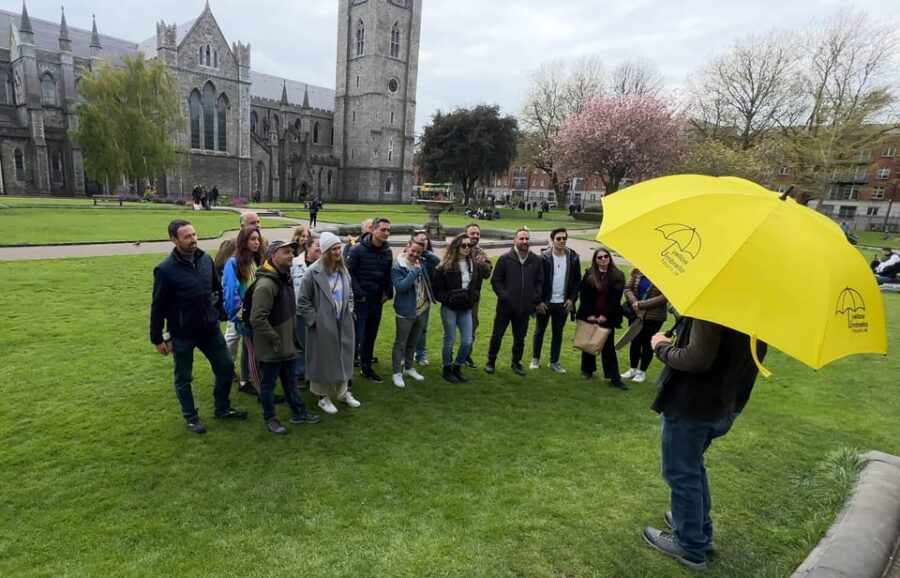
Following the Celtic foundations, Dublin’s transformation under Christian and Viking rule saw the city evolve into an important center of religion and trade.
The arrival of Christianity in the 5th century CE marked a significant shift, as monasteries and cathedrals began to shape the urban landscape.
Meanwhile, the Viking invasions of the 9th century CE brought new economic and cultural influences, leading to the hotel of Dublin as a thriving seaport and commercial hub.
The city’s strategic location on the River Liffey made it a prime target for Viking raiders, who established a permanent settlement and developed Dublin into a hub of maritime commerce.
This dynamic interplay of Christian and Viking influences laid the foundations for Dublin’s rich cultural heritage.
Norman Influence and Architecture
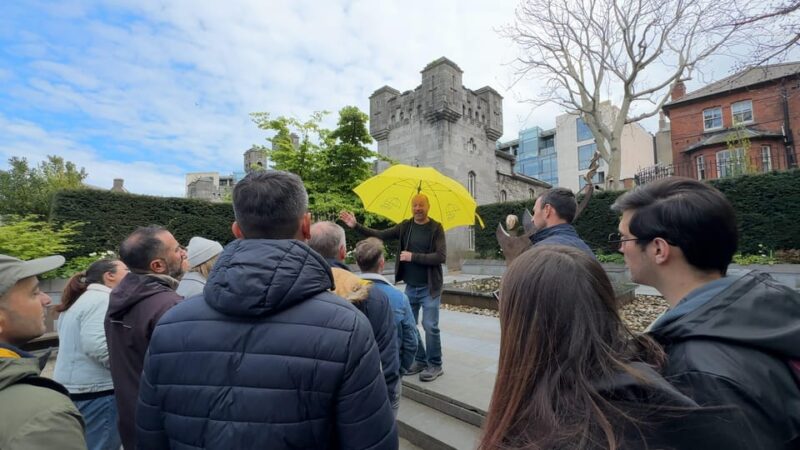
After the Christian and Viking periods, how did the Norman conquest in the 12th century further shape Dublin’s architectural landscape? The Normans, who had established control over Ireland, left an indelible mark on the city’s built environment, erecting iconic structures that blended local and continental influences. One prime example is Christchurch Cathedral, originally built by Vikings but reconstructed by Normans in a neo-Gothic style. Likewise, St. Patrick’s Cathedral, named after Ireland’s patron saint, underwent restoration in the 19th century under the patronage of the Guinness family. The Normans also oversaw the construction of Dublin Castle, which served as the seat of British rule until 1922 and exhibits both medieval and Georgian architectural elements.
| Cathedral | Style | Year Built |
|---|---|---|
| Christchurch | Neo-Gothic | 12th century |
| St. Patrick’s | Gothic | 19th century |
| Dublin Castle | Medieval & Georgian | 12th century |
Centuries of British Dominance
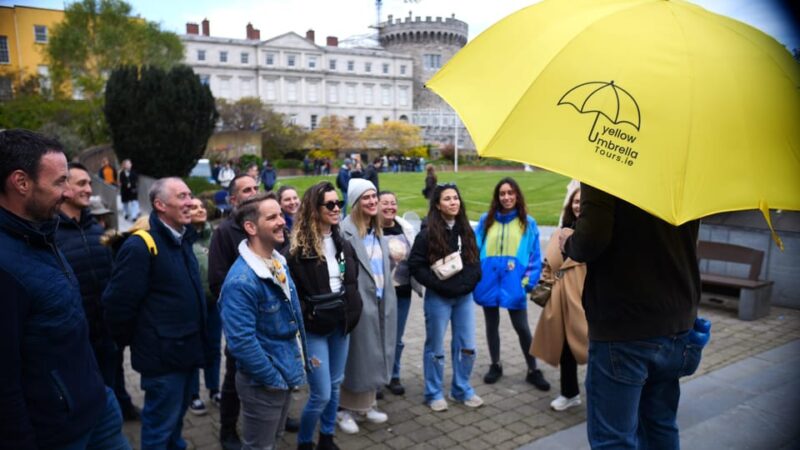
Centuries of British dominance over Ireland began after the Norman conquest, as Dublin became the seat of English rule and administration. The city’s strategic location on the Irish Sea made it a crucial center of power, and the Normans, along with subsequent English monarchs, fortified Dublin Castle to solidify their control over the region.
For centuries, Dublin was governed by the English crown, with the Lord Lieutenant acting as the British representative. This period saw the construction of neoclassical buildings and the growth of Dublin as a major commercial hub, though the Irish fought to maintain their distinct culture and identity throughout the long era of British rule.
More Great Thing To Do NearbyDublin’s Evolving Cultural Landscape
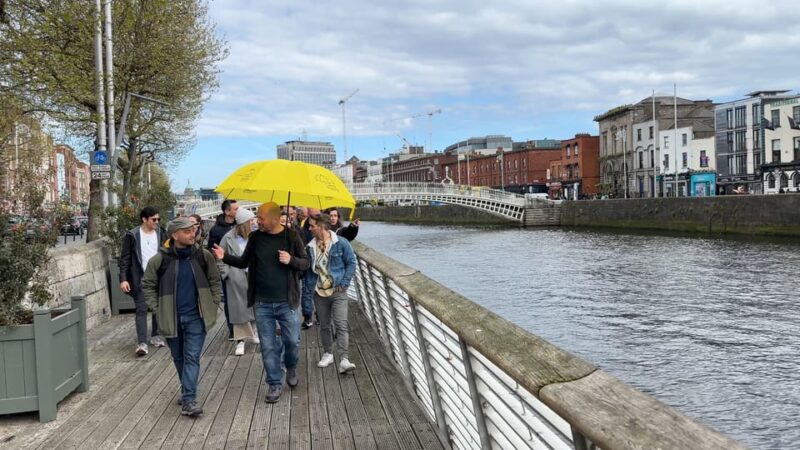
Despite centuries of British dominance, Dublin’s cultural landscape has undergone a remarkable transformation, blending its storied past with a dynamic, forward-looking present. The city’s vibrant tech scene, centered around the ‘Silicon Docks‘, has drawn in a diverse, global community, infusing the city with new energy and ideas.
The Temple Bar district, once known for its traditional pubs, has evolved into a hub of creativity, with trendy cafes, art galleries, and live music venues attracting a younger, more eclectic crowd.
Trinity College, the prestigious university, now hosts a thriving startup ecosystem, with students and entrepreneurs collaborating to drive innovation.
Across the city, ancient landmarks like Christchurch Cathedral and Dublin Castle stand as testaments to Ireland’s rich heritage, while modern architecture and public art installations reflect Dublin’s embrace of the contemporary.
- Cliffs of Moher Tour Including Wild Atlantic Way and Galway City From Dublin
- Dublin to Cliffs of Moher, Burren, Wild Atlantic and Galway Tour
- Dublin to Northern Ireland Incl. Dunluce Castle, Giants Causeway
- Kilkenny, Wicklow Mountains, Glendalough, Sheep Dog Trials, Day Trip From Dublin
- Irish Rock N Roll Museum Experience Dublin
- Dublin: Giants Causeway, Dunluce Castle, Dark Hedges and Belfast
The Iconic Trinity College
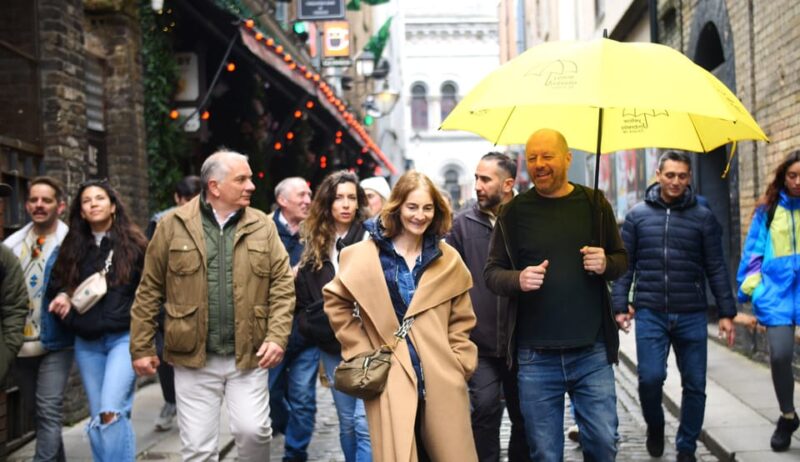
Trinity College stands as a beacon of Dublin’s rich academic heritage, its illustrious halls and picturesque courtyards drawing visitors from around the world. Founded in 1592, the college has nurtured some of Ireland’s greatest minds, from writers like Oscar Wilde to philosophers and scientists.
Its most famous treasure is the Book of Kells, an illuminated medieval manuscript showcasing the intricate artistry of Irish monks. Visitors can explore the college’s stunning architecture, including the magnificent Trinity College Library, home to over 200,000 ancient texts.
Trinity’s iconic status extends beyond its academic prowess, representing Ireland’s enduring commitment to education and intellectual inquiry in the heart of Dublin.
Exploring Dublin’s Historic Districts
Amid Dublin’s bustling streets, the city’s historic districts offer a captivating glimpse into its storied past. From the medieval charm of Christ Church Cathedral to the lively spirit of the Temple Bar quarter, each neighborhood showcases the layers of history that have shaped the Irish capital.
In the shadow of the towering Dublin Castle, the cobblestone streets of the Medieval Quarter evoke a sense of timelessness, where visitors can wander through ancient alleyways and uncover the city’s Viking heritage.
Just across the River Liffey, the lively Temple Bar neighborhood pulses with the energy of traditional pubs, live music, and vibrant street art, a testament to Dublin’s enduring cultural vibrancy.
Nearby, the elegant St. Patrick’s Cathedral stands as a testament to Ireland’s deep Christian roots, its soaring Gothic architecture and renowned choir drawing visitors from around the world.
Discovering Dublin’s Modern Influences
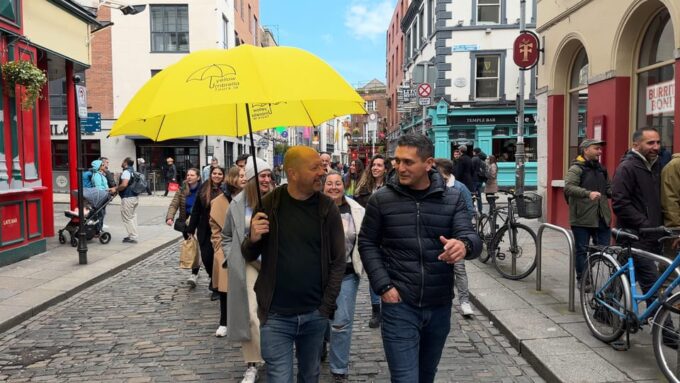
Dublin’s historic legacy doesn’t overshadow its vibrant modern evolution, as the city embraces new global influences while preserving its unique cultural identity.
The influx of international businesses, particularly in the tech sector, has transformed areas like the Silicon Docks into hubs of innovation.
However, the city’s traditional charm remains evident, with local pubs, artisan shops, and lively street performers coexisting seamlessly alongside high-rise offices and sleek modern architecture.
This balance of old and new, combined with Dublin’s welcoming spirit, creates a dynamic and multifaceted metropolis that continues to captivate visitors.
Ultimately, Dublin’s ability to adapt and evolve while honoring its roots defines its status as a truly global city with an enduring sense of place.
Frequently Asked Questions
What Is the Average Cost of a Meal in Dublin?
The average cost of a meal in Dublin can vary widely, but a typical sit-down restaurant meal typically ranges from €15 to €30 per person. Prices are generally higher in the city center and at more upscale establishments.
Are There Any Free Walking Tours Available in the City?
Yes, there are several free walking tours available in Dublin. Visitors can explore the city’s history, landmarks, and culture with local guides at no cost, allowing them to experience Dublin’s charm without breaking the budget.
How Can I Get Around Dublin Using Public Transportation?
Dublin’s public transportation system includes buses, trams, and suburban trains. Visitors can buy Leap Cards for convenient, cashless travel on all modes. Many attractions are also within walking distance, making it easy to explore the city on foot.
Are There Any Festivals or Events Happening During My Visit?
There are several festivals and events happening during your visit to Dublin. The Guinness Storehouse and Temple Bar are popular destinations that often host lively cultural events and celebrations throughout the year. Check the city’s event calendar for details.
How Safe Is It to Explore Dublin at Night?
Dublin is generally safe at night, but visitors should exercise caution and avoid isolated areas. Many popular pubs, restaurants, and entertainment options are open late, providing a lively and vibrant nightlife experience when explored responsibly.
Recap
Dublin’s enduring story reflects its remarkable resilience and adaptability.
From its Celtic origins to the present day, the city has evolved through various cultural influences, weathering periods of dominance and challenge.
Today, Dublin stands as a vibrant global hub, seamlessly blending ancient landmarks and modern innovations, a testament to its rich heritage and continued evolution.
As the city embraces the future, its timeless charm and cultural significance remain firmly intact.
You can check if your dates are available here:More Tour Reviews in Dublin
- Dublin, in a Day, on Foot. History, Culture & Architecture!
- Howth – Howth Cliffs & Irelands Eye
- Dublin Irish Whiskey Sampling Tour in the New Distilleries
- Dublin City Private Award Winning Luxury Car Tour
- Architectural Dublin: Private Tour With a Local Expert
- Dublin Belmullet County Mayo Private Car Transfer
Not for you? Here's more things to do in Dublin we have recnetly reviewed
- 2 Best Craft Beer Tours And Tastings In Dublin
- 5 Best Dining Experiences In Dublin
- 19 Best 2 Day Tours In Dublin
- 5 Best Dinner Tours In Dublin
- 17 Best 3 Day Tours In Dublin
- 7 Best 4 Day Tours In Dublin
- 7 Best Canoe And Kayak Experiences In Dublin
- 6 Best Full-Day Tours In Dublin
- 9 Best Photography Experiences In Dublin
- 6 Best Coffee Tours And Tastings In Dublin
- 25 Best Cruises And Boat Tours In Dublin
- 25 Best Food Tours In Dublin
